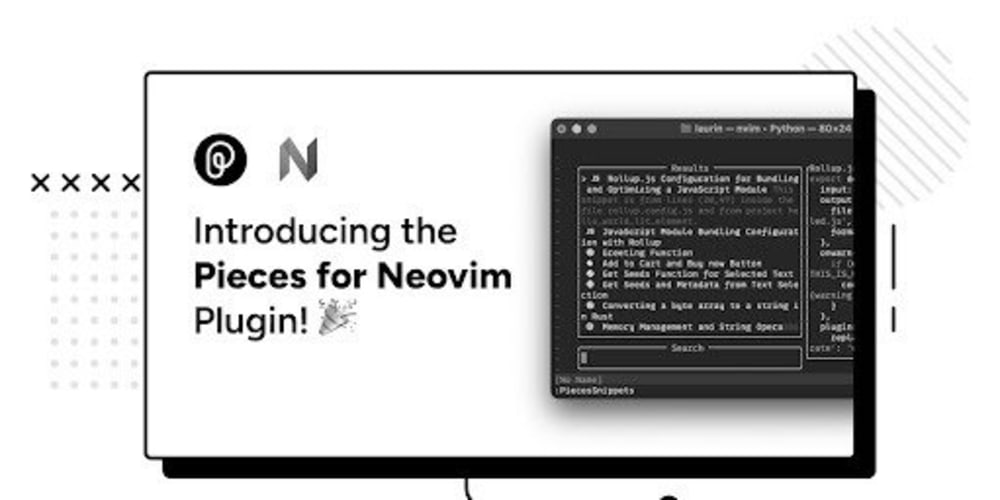Here are some quick notes from my CCNA course on core networking concepts:
Network Types
- LAN (Local Area Network): Connects devices within a small area (e.g., home, office).
- WAN (Wide Area Network): Spans large geographic areas, connects multiple LANs (e.g., the internet).
- MAN (Metropolitan Area Network): Covers a city or campus, bigger than LAN, smaller than WAN.
Data Transmission
- Packet Switching: Breaks data into packets, each traveling independently. More efficient, used in networks like the internet.
- Circuit Switching: Establishes a dedicated path for the entire data transfer (e.g., old telephone systems).
- Protocols: Rules for data transmission (e.g., TCP/IP ensures data reaches the correct destination in the correct order).
Bandwidth and Throughput
- Bandwidth: Maximum data capacity a network can handle, measured in Mbps or Gbps.
- Throughput: Actual data successfully transmitted. It’s usually lower than bandwidth due to network conditions like congestion or interference.
Why It Matters
- These concepts are essential for understanding how networks work and for troubleshooting performance issues.
- Knowing the difference between bandwidth and throughput helps optimize network efficiency.


















